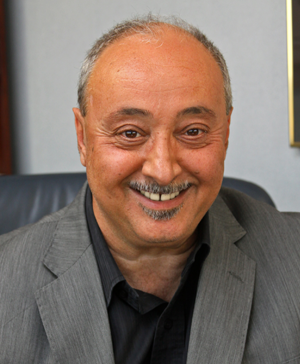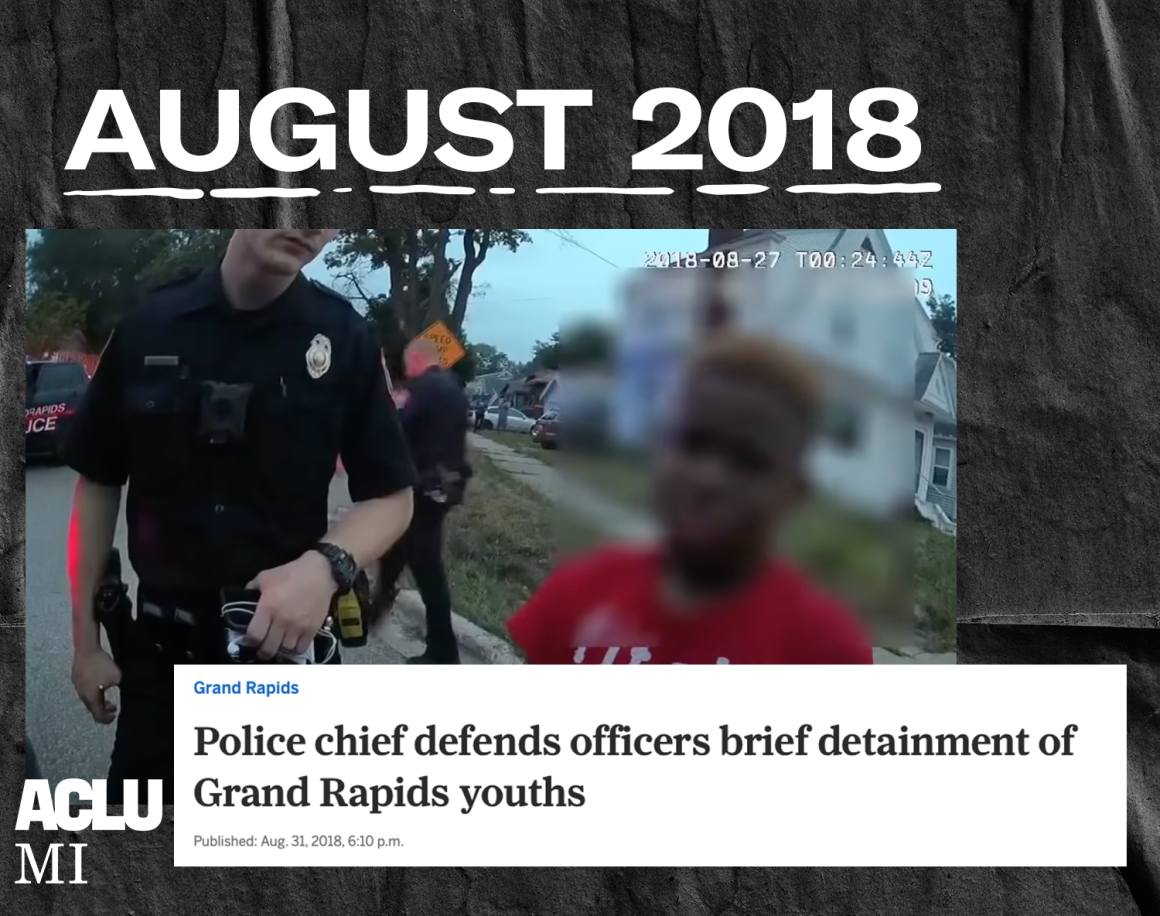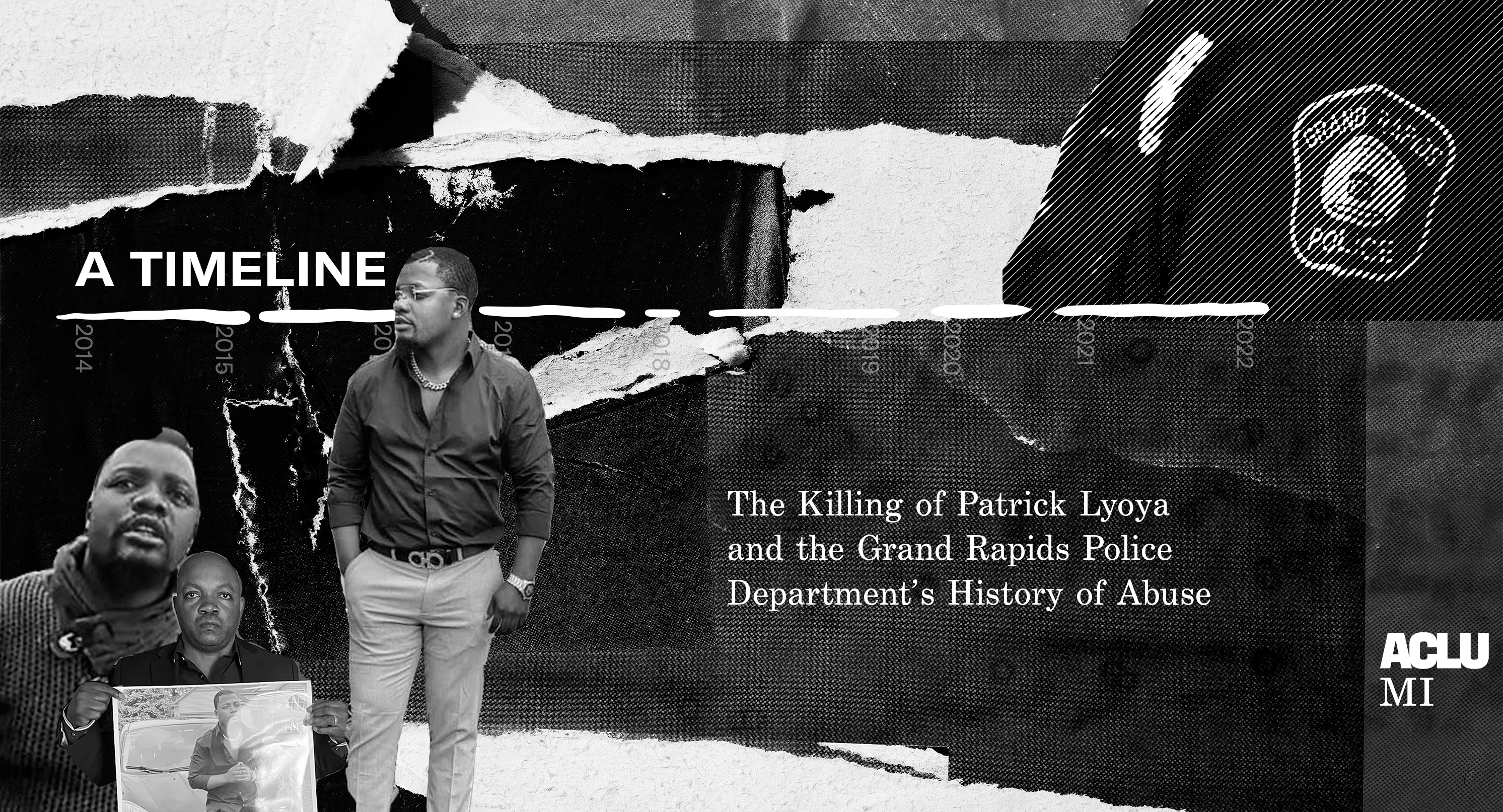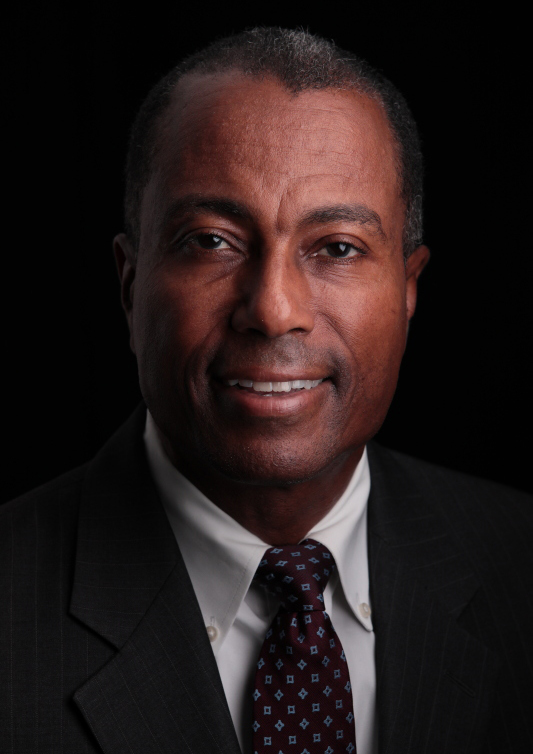Ismael Ahmed’s life began in a Brooklyn neighborhood that featured a mix of immigrants from vastly different places. His father came to the U.S. from Egypt and traveled the world as a merchant marine. His mother’s family, originally from Lebanon, started working a homestead in South Dakota more than 100 years ago. A move to southwest Detroit and then Dearborn while still a child, and an autoworker from Yemen who became his stepfather, following his parent’s divorce, helped further expand an already broad world view.
Drafted into the Army in the 1960s, Mr. Ahmed served a tour of duty in South Korea while a brother was sent to Vietnam, where he was exposed to (and eventually died from) Agent Orange poisoning, an experience that led both men to become “super-radicalized” anti-war activists. Afterward, he did stints at sea as a merchant marine and became a union activist while working the assembly line at several auto plants. While still a student at the University of Michigan, he helped found the Arab Community Center for Economic and Social Services. Appointed the executive director of ACCESS in 1983, Mr. Ahmed led the transformation of the organization, which began operating out of a storefront, into the largest social services agency of its type in the U.S., with affiliates in 24 cities across the country.
Included among the many other positions he’s held over the decades is director of Michigan’s Department of Health and Human Services, where he oversaw 10,000 employees and managed a $4 billion-plus budget. Along the way, he also helped found the National Arab American Museum in Dearborn, started the Concert of Colors – the largest world music and arts festival in the Midwest – and continues to produce a long-running program on public radio featuring music from around the world. Last year, President Joe Biden nominated him for a seat on the National Council on the Arts.
To help celebrate Arab American Heritage Month, we talked with Mr. Ahmed for a wide-ranging Q&A that included discussion of his experiences with racism, his passion for multiculturalism, and the reason he has hope for a brighter future despite the hateful rhetoric coming from politicians who see opportunity in stoking divisiveness.
Q: How do you identify?
A: On one level I identify as a person of color and an Arab American. But I also identify as a planetary citizen. That’s not just a term I use on “This Island Earth,” my world music program on WDET. I use it because it reflects my belief in who we all are, and who we need to be. In the end, we are all planetary citizens.
Q: Do you think your diverse circumstances as a young person sowed the seeds for your embrace of multiculturalism as an adult?
A: Absolutely. As a child in Brooklyn, I had an African-American Muslim woman as a babysitter. Our neighbors were Puerto Rican and Irish and people from all over the Arab world. When we moved to southwest Detroit, the area had a mix of whites, Latinos and Blacks. And when we moved to Dearborn, I lived in a neighborhood that made it into “Ripley’s Believe It or Not” because there were people from 52 different countries living within a two-square-mile area.
Q: Where do you think your commitment to social justice comes from?
A: It started when I was a kid, growing up in a low-income family where layoffs would sometimes mean going without. And then, as a young man travelling the world, seeing over and over again the same economic forces driving things. Everywhere, the people doing all the hard work were also the ones being forced to endure the most suffering. Seeing all that really energized me to work for social justice.
Q: Did you experience much discrimination growing up?
A: Not much at all. Like all people of color, you learn to tread carefully around police. You didn’t call the police unless you really had to because they could end up attacking you. But my first real experience with racism came when I was drafted into the Army at age 19 and I had a drill sergeant in basic training who called me “camel.”
Q: What effect did that have on you?
A: It kind of freaked me out. On one hand, drill sergeants were abusive to everyone, and often used racial slurs. Still, it surprised me and angered me. But it was my introduction to the real world. Over the years I’ve been called “camel” a number of times, and as I got older I came to expect things like that. After 9/11, a group of young white men chased after my car for miles, screaming racial epithets at me.
Q: Where do you think things are at now for this country?
A: I think we are at a crucial point. During the 1990s and early in the 2000s, I thought we were really moving forward in terms of removing the divisions that exist between different racial and ethnic groups. But since Donald Trump’s entry into politics, I’ve seen how strong the undercurrent of racism still is, and how he and others have really focused on racial issues to try and drive us further apart. Because of that, I think America is at a point where we are going to go one way or another. Are we going to have a democracy and be able to live in a country where its people embrace fraternal welfare, and everyone has the opportunity to be successful regardless of race and economic status? I don’t know. There’s a huge amount of activity by politicians on the right to liberate hate for political reasons, and I’ve been flabbergasted by how well it has worked for them. And I do not think it is something that will go away if Trump goes away.
Q: Why do you think that is?
A: I’d say it’s because that message resonates among many white, working-class people who are catching hell economically. And when politicians point to people of color or members of the LGBTQ community or some other group and say, “They are the reason you are having such a hard time making it,” some people will buy into that.
Q: How do you combat that?
A: We need to use every vehicle available. Confronting racism directly is part of it, but only part. Especially important, I think, is exploring and appreciating what different cultures have to offer us all. That is a really good starting place for people to come together. Every culture has something to say. Every culture has beauty. And it’s not threatening. That is why culture is such a powerful force in bringing people together and celebrating our differences.
Q: Was that the motivation of starting the Concert of Colors, which has become the Midwest’s biggest world music and arts festival lasting a week since its start in 1993 as a one-day event?
A: Yes. We wanted to bring lots of different people together, and have fun together. But we also wanted to raise consciousness. Which is why we look to bring in performers and artists who aren’t just talented, but also have something significant to say, whether it’s about justice or race or issues of broad social concern.
Q: It seems to be an approach that has really worked.
A: Last year, because of COVID, the event had to be virtual. But we had more than 200,000 watchers and listeners. We’re hard at work now to make it an in-person event again this year, but doing it in a way that will still allow people to participate virtually.
Q: What do you think about heritage months in general?
A: I wish every month was heritage month for every community, especially people of color. We must work to make cultural intelligence and community intelligence something that is explored and promoted every single day. But I think these months like Arab American Heritage Month are good in that they at least allow for focus to be placed on different communities and the contributions they make to our society. That should be part of our life’s work, and it should be ongoing.
Q: Is there a particular book or movie that you would recommend people who aren’t Arab American should read or watch to better understand your culture and experiences in this country?
A: (long pause) I really can’t think of a book or movie to recommend. Instead, I would suggest people go to the National Arab American Museum in Dearborn and watch a video we show there. It features interviews with Arab Americans all across the country talking about their experiences, and all the different ways they approach their identity.
Q: Is there anything we haven’t discussed that you would like to point out?
Y: Yes. The reason to have hope for a brighter future: our young people. I have a lot of hope because of young people. I’m really moved by how much this younger generation shuns discrimination and divisions along color lines as they embrace equity.
Q: What is your message to them?
A: Go out and change the world. Make it a better place for all our planetary citizens.
Date
Tuesday, April 26, 2022 - 9:00amFeatured image








